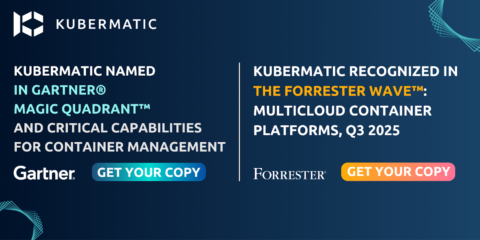In today’s rapidly evolving technological landscape, edge computing has emerged as a pivotal strategy for organizations seeking to enhance their operational efficiency and responsiveness. By processing data closer to the source, edge computing reduces latency, improves real-time decision-making, and minimizes the load on centralized data centers. However, as with any technological advancement, it introduces new challenges, particularly security and data privacy. This blog delves into these challenges and explores risk mitigation strategies in distributed edge environments.
Understanding the Security Challenges
1. Increased Attack Surface
The proliferation of edge devices significantly expands the potential attack surface. Each device represents a potential entry point for cyber threats. Ensuring the security of these distributed endpoints is crucial to prevent unauthorized access and data breaches.
2. Resource Constraints
Edge devices often have limited computational resources compared to traditional data centers. Implementing robust security measures that do not overwhelm these devices is a delicate balancing act. Lightweight yet effective security protocols are essential to maintain performance while safeguarding data.
3. Network Vulnerabilities
The communication between edge devices and central systems relies on networks that can be susceptible to attacks. Ensuring secure communication channels and protecting data in transit is paramount to prevent interception and tampering.
4. Physical Security
Unlike centralized data centers, edge devices are often deployed in less controlled environments. This increases the risk of physical tampering or theft, necessitating additional measures to protect the hardware and the data it processes.
Ensuring Data Privacy
1. Data Encryption
Encrypting data at rest and in transit is a fundamental step in protecting sensitive information. Strong encryption protocols ensure that even if data is intercepted or accessed by unauthorized parties, it remains unreadable and secure.
2. Access Controls
Implementing stringent access controls ensures that only authorized personnel and systems can access sensitive data. Multi-factor authentication (MFA), role-based access control (RBAC), and regular access audits help maintain data privacy and integrity.
3. Data Minimization
Edge computing enables real-time data processing, which reduces the need to transfer large volumes of data to central systems. By minimizing data movement and storage, organizations can reduce the risk of data exposure and enhance privacy.
4. Compliance with Regulations
Adhering to data privacy regulations such as GDPR, CCPA, and HIPAA is essential for maintaining user trust and avoiding legal repercussions. Regularly reviewing and updating compliance practices ensures that data privacy standards are met.
Strategies for Mitigating Risks
1. Regular Security Audits
Conducting regular security audits helps identify vulnerabilities and areas for improvement. Proactive measures like penetration testing and vulnerability assessments can preempt potential threats.
2. Edge Device Management
Implementing robust device management protocols ensures that all edge devices are regularly updated with the latest security patches and firmware. Centralized management platforms can streamline this process and provide real-time monitoring and control.
3. Zero Trust Architecture
Adopting a zero-trust security model, which operates on the principle of “never trust, always verify,” ensures that every access request is thoroughly authenticated and authorized, regardless of origin.
4. AI and Machine Learning
Leveraging AI and machine learning can enhance threat detection and response capabilities. These technologies can analyze patterns, detect anomalies, and respond to threats in real time, providing an additional layer of security.
Conclusion
Living at the edge offers unparalleled speed, efficiency, and real-time processing advantages. However, it also presents unique security and privacy challenges that must be addressed to fully harness its potential. Organizations can protect their distributed edge environments by understanding these challenges, implementing robust security measures, and ensuring data privacy. At Kubermatic, we are committed to helping our clients navigate these complexities and build secure, resilient edge computing infrastructures.
For more insights and solutions tailored to your edge computing needs, contact us at Kubermatic. Together, we can create a safer, more efficient edge computing landscape.






